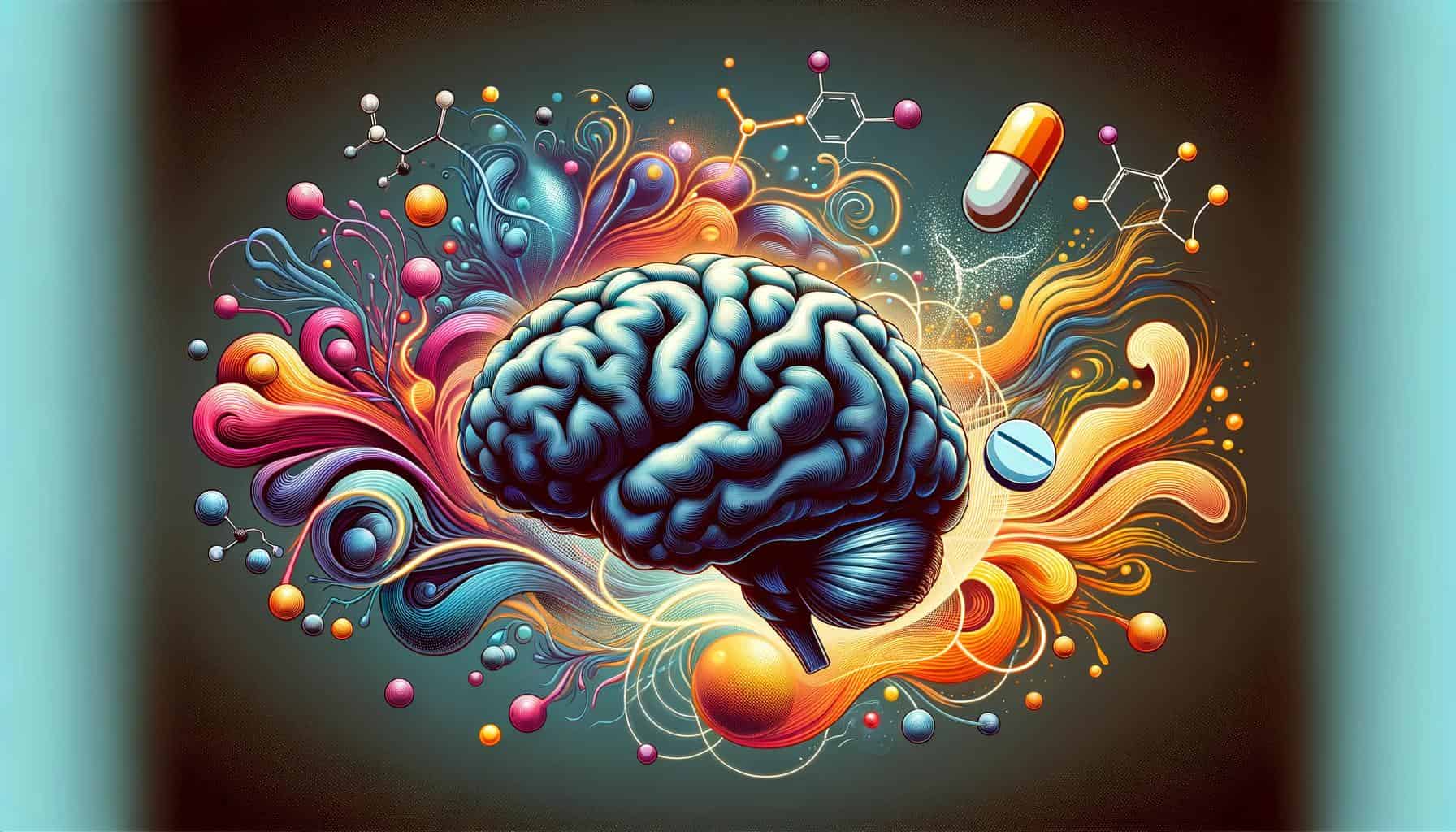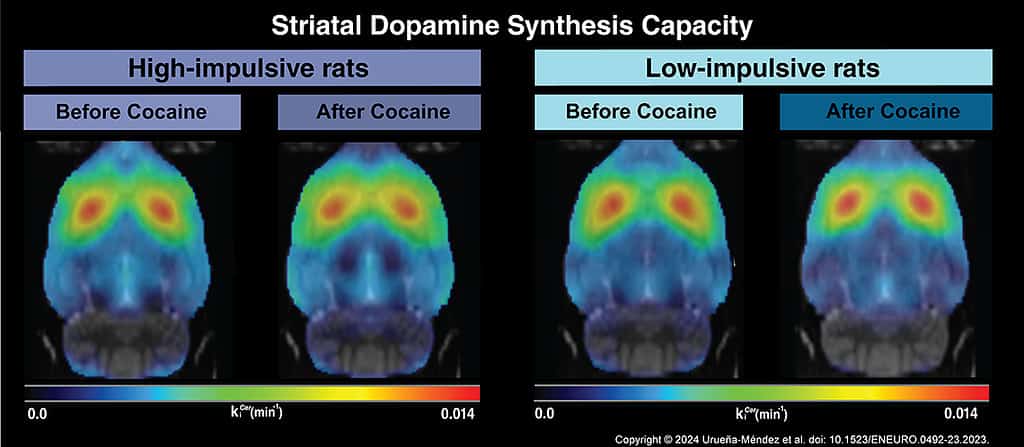
The consensus among neuroscientists is that hard drugs such as cocaine, heroin, and methamphetamine, exert their powerful grip on users by hijacking the brain’s natural reward system, heavily reliant on the neurotransmitter dopamine.
When we engage in activities we find enjoyable, like eating delicious food or spending time with loved ones, dopamine levels surge in specific brain regions, creating a sense of satisfaction and reinforcing that behavior. So then we tend to seek the pleasurable stimuli in the future.
Hard drugs like cocaine act as dopamine imposters. They flood the synapse (the junction between neurons) with dopamine by blocking its reuptake, essentially preventing the brain from mopping it up. As a result, these drugs lead to much more dopamine in the brain than natural activities like exercising or listening to music. This leads to an unnatural surge of dopamine, creating an intense and artificial sense of euphoria that’s hard to recreate without the drug.
As the drug wears off, dopamine levels plummet, leaving the user feeling depleted and craving another dose to recapture the initial high. Over time, repeated drug use can alter the dopamine system itself. The brain becomes less sensitive to dopamine’s natural rewards, making it harder to experience pleasure from anything other than the drug. This cycle of intense highs followed by lows, coupled with a dampened capacity for natural rewards, fuels the compulsive drug use characteristic of addiction.
This is a very simplistic overview of how drug addiction works in the human brain, but I think you get the picture. You’ve probably read about a similar explanation before elsewhere. There is quite a growing body of evidence that supports this model. But it’s not the full picture.
Scientists have long grappled with understanding why some people succumb to the clutches of addiction, while others do not — even though they might have also tried hard drugs like cocaine.
A crucial step towards unraveling this mystery comes from a recent study by researchers at the University of Geneva (UNIGE). Their findings shed new light on the interplay between personality traits, brain chemistry, and vulnerability to drug abuse. One of their main discoveries is that impulsive individuals may be disproportionately vulnerable to dopamine hijacking by drugs of abuse. Such insight could prove crucial in designing better, more effective intervention strategies.
Impulsivity vs. Dopamine: A Surprising Connection

For years, dopamine, often dubbed “the happy hormone,” has been at the forefront of drug addiction. The prevailing neuroscience hypothesis was that individuals who produce more dopamine may be more prone to addiction, given the hormone’s role in the brain’s reward system. Although it makes sense, this is probably not true, as this new research shows.
The UNIGE researchers embarked on a journey to explore the relationship between impulsivity — a personality trait marked by the tendency to act without adequate thought— and vulnerability to cocaine addiction. And what better way to test this than turning to rats on cocaine?
Their study involved two groups of rats with varying levels of impulsivity, which were trained to self-administer cocaine in a controlled environment.
As if the cocaine wasn’t enough, the rats were also subjected to a small gambling task. This task takes place in operant conditioning chambers, each equipped with a house light and a food magazine. On the opposite wall of the chamber, response holes are fitted with cue lights and infrared beams to detect nose-poke responses from the rats. Each hole offers a different reward-risk ratio, from high-reward/high-risk to low-reward/low-risk options. Initial training sessions ensure rats understand the consequences of their choices, followed by a testing phase where all options are available concurrently.
The point of this experiment is to measure impulsive action (how likely the rats were to make a quick decision without thinking carefully) and reward decision-making (how good the rats were at choosing options that would give them a larger reward, even if it was less likely). Throughout this task, dopamine levels in the rats’ brains were assessed non-invasively using positron emission tomography (PET) scans before and after cocaine intake in the two groups of rats.
The findings showed that impulsive action, but not risky decision-making, predicted a greater number of cocaine injections and faster cocaine use.
Contrary to expectations, the study revealed no significant difference in dopamine production capacity between the highly impulsive rats and their less impulsive counterparts. This finding challenges the long-held assumption that dopamine production itself is a direct marker of addiction vulnerability. Instead, the research suggests that the mechanisms controlling dopamine release, rather than its production, may play a more crucial role in the predisposition to drug abuse.
“We observed that there was no difference in the capacity to produce dopamine between the highly impulsive and less impulsive animals,” said Ginna Paola Urueña-Méndez, Ph.D. student in the Department of Psychiatry and the Department of Basic Neurosciences in the Faculty of Medicine at the UNIGE.
‘‘Until now, the idea that regular cocaine consumption could reduce the ability to produce dopamine was accepted. Our results contradict this assumption as both populations of rats retained the same capacity to produce dopamine, despite chronic consumption,’’ explains lead author Nathalie Ginovart, Associate Professor in the Department of Psychiatry and the Department of Basic Neurosciences at the UNIGE Faculty of Medicine.
This research opens up new avenues for exploring the underlying causes of drug addiction. The findings indicate that the focus should shift towards understanding how differences in the reactivity of dopamine neurons to stimuli, including drugs, may influence an individual’s vulnerability to substance abuse.
The findings appeared in the journal eNeuro.






